Moore County Commissioners held a special meeting July 18 for the fourth public quasi-judicial hearing for a proposed major subdivision in Carthage.
The proposed subdivision on Union Church Road requires a special use permit.
Tri-South Builders, Inc requested approval for a subdivision with 53 lots on 73.77 acres, which was owned by James and Carolyn Ring, and is now owned by their heirs, Dennis Ring and John Ring.
After the hearing, Moore County Public Director Debra Ensminger testified she still believed the applicant, Tri-South Builder, Inc, conforms to the residential agricultural-40 zoning (RA-40). She said the plans were in harmony with the area, that a map legend is not required, and that a survey based on digital readings is allowed.
During the June hearing, it was noted that the presented map for the proposed subdivision was made with an online geographic information system (GIS) data map, which has an accuracy disclaimer, not a surveyed map from a team on foot. The discussion on this aspect covered how a GIS map is not as accurate. Read why here.
Details on the June hearing may be read here.
RA-40 is for single-family dwellings, duplexes, and agricultural use, and discourages uses that increase traffic on minor streets.
During the hearing, Attorney Nick Robinson, with Tri-South Builder, Inc, presented maps indicating the relationship of Carol Parker’s land to the proposed subdivision’s land.
Parker said she and other neighboring property owners had formed a group. The group had not been notified of the subdivision’s hearing.
Robinson said Parker was there to testify against other people subdividing property, but she thought it was OK for her to subdivide.
Parker said, “No.” She said she had subdivided a portion of the property under the county’s zoning restrictions to accommodate family needs. She said she did not want to get in the way of others subdividing but wanted to protect neighboring property owners from a major subdivision damaging the integrity of the area. She said the group was highly opposed to a major subdivision.
Land Planner Glen Harbeck, who has been practicing since 1979, and before retirement in Oct. 2021, was the director of land planning for Wilmington, said special use permits tell him the “powers that be” want major subdivisions thoroughly vetted.
Harbeck reviewed the county’s land use plan from 2013. He said the county planners wanted to ensure the quality of Moore County was preserved with a small-town atmosphere and distinction between town and country atmosphere.
Harbeck said land use legislation changed two years ago, and there is a basis for overturning land use plans not in harmony with the area. He said the proposed subdivision is not in harmony or conformity with the county’s land use plan.
The county’s land use plan, according to Harbeck, said the RA-40 on the proposed property was in conflict with the land use plan. He said the 2013 land use plan captured the desire for the distinction between town and country atmosphere, but RA-40 was a misnomer because it is not agricultural.
A policy analyst found 31 items do not support a major subdivision on the property because it does not support the county’s land use plan.
The main item that did not support the land use plan was the goal of preserving the heritage of Moore County.
Other items included:
*Proposal does not allow agricultural business, which may impact allowed small home businesses, potteries, and small family farms.
*There is no existing municipality requesting development in the land plot.
*Applicant has tried to discount planning activities for surrounding subdivisions.
*Proposal does not ensure water quality.
*Proposal does not monitor density of development in watersheds and land has high water watershed that will increase impervious areas.
*There is no buffer for wetlands.
*Nearest town is three miles away, so every opportunity to work, shop, and play is not maximized.
Scott Smith, a neighboring property owner with 10 acres and a custom-built family home, said he was concerned about water contamination from the subdivision seeping into the creek where he and other small family farm owners water livestock.
The preliminary maps require where storm drains will be and how water moves across the land and the wetland areas, with the grade of the land, but this was not in the maps. This shows how to grade the land to prevent stormwater runoff — a source of water pollution.
There was a discussion about including the entire project’s impervious areas (areas prone to flooding) in the preliminary map. The map listed 2.37 acres as impervious but did not include driveways, sidewalks, or homes.
To calculate the amount of stormwater, the entire project needs to be calculated to plan for preventing runoff.
The Union Church Road property was zoned as RA-40 in 1987, 35 years ago before the original 1990 land use plan.
“Moore County is unique. Our land use plan represents Moore County, and you can’t compare us to Wilmington,” Ensminger said.
There are 297,000 acres preserved for rural agricultural uses, according to Ensminger.
There was no vote. Chairman Frank Quis was out with COVID-19 and will review the hearing.
The board plans to vote on Aug. 2.
~Article by Sandhills Sentinel Journalist Stephanie M. Sellers.


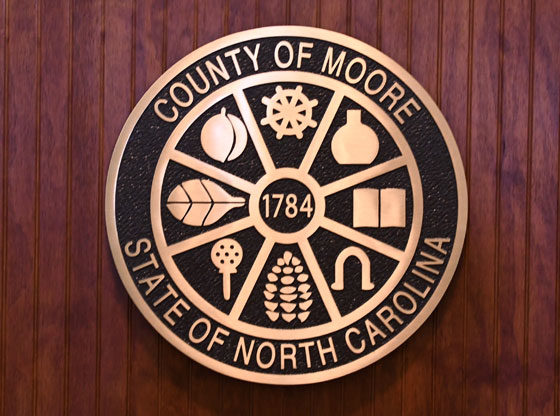

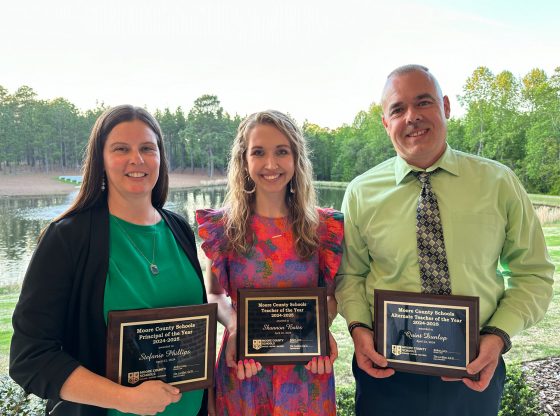
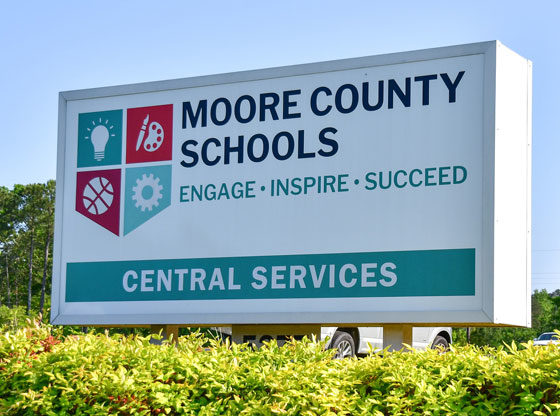
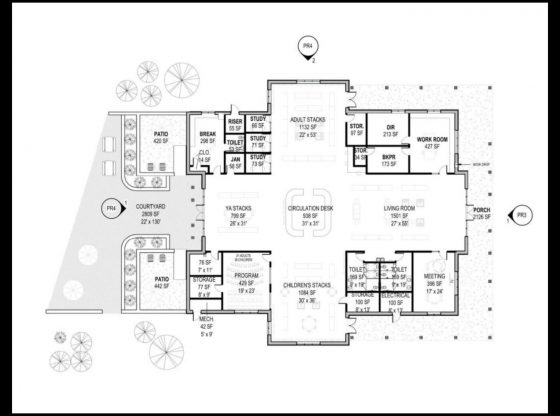
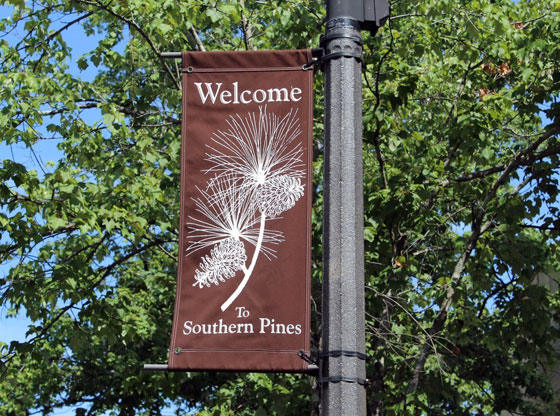


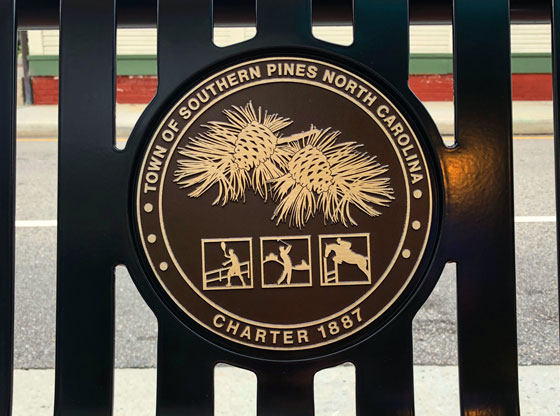
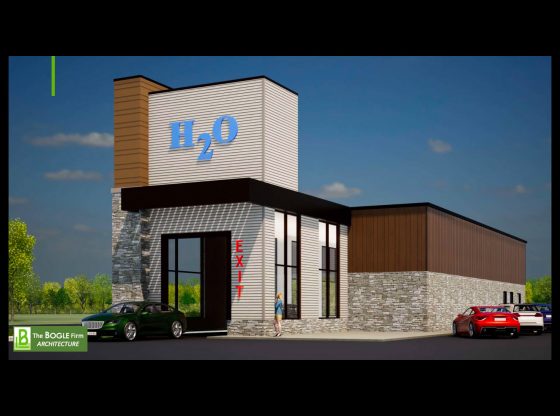
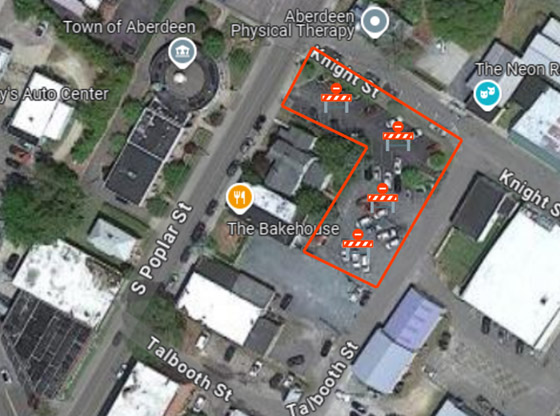
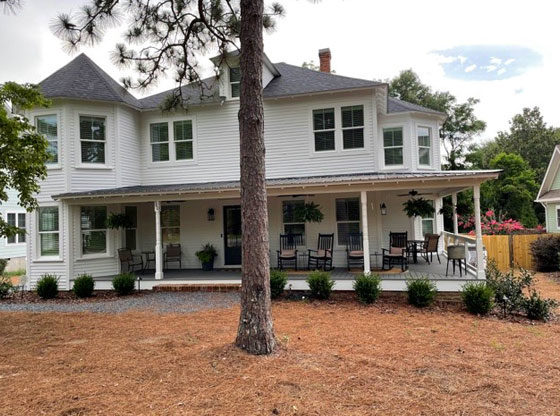

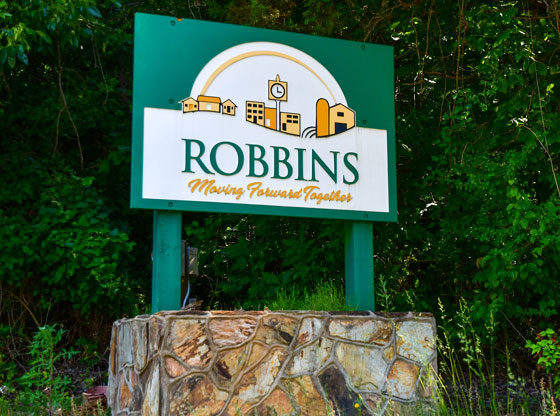
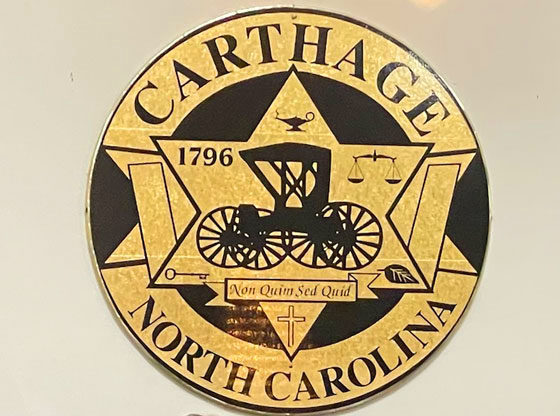
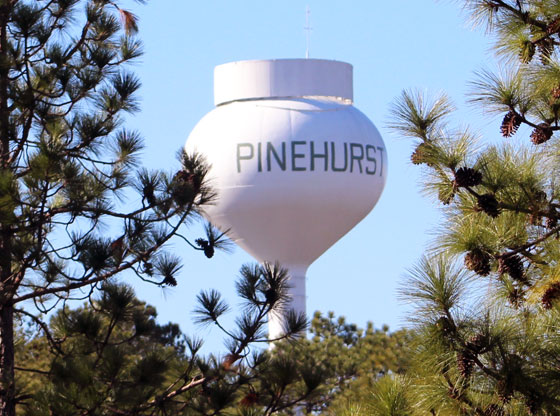
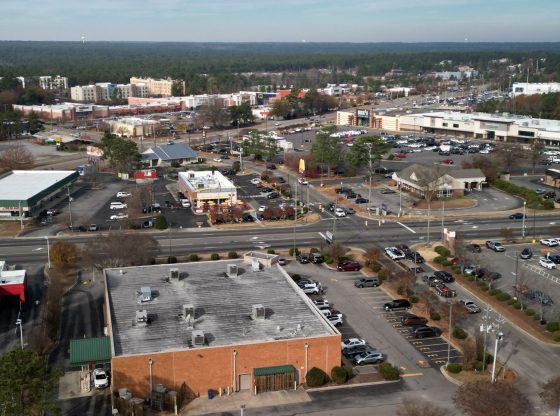
Comments
Comments are closed.